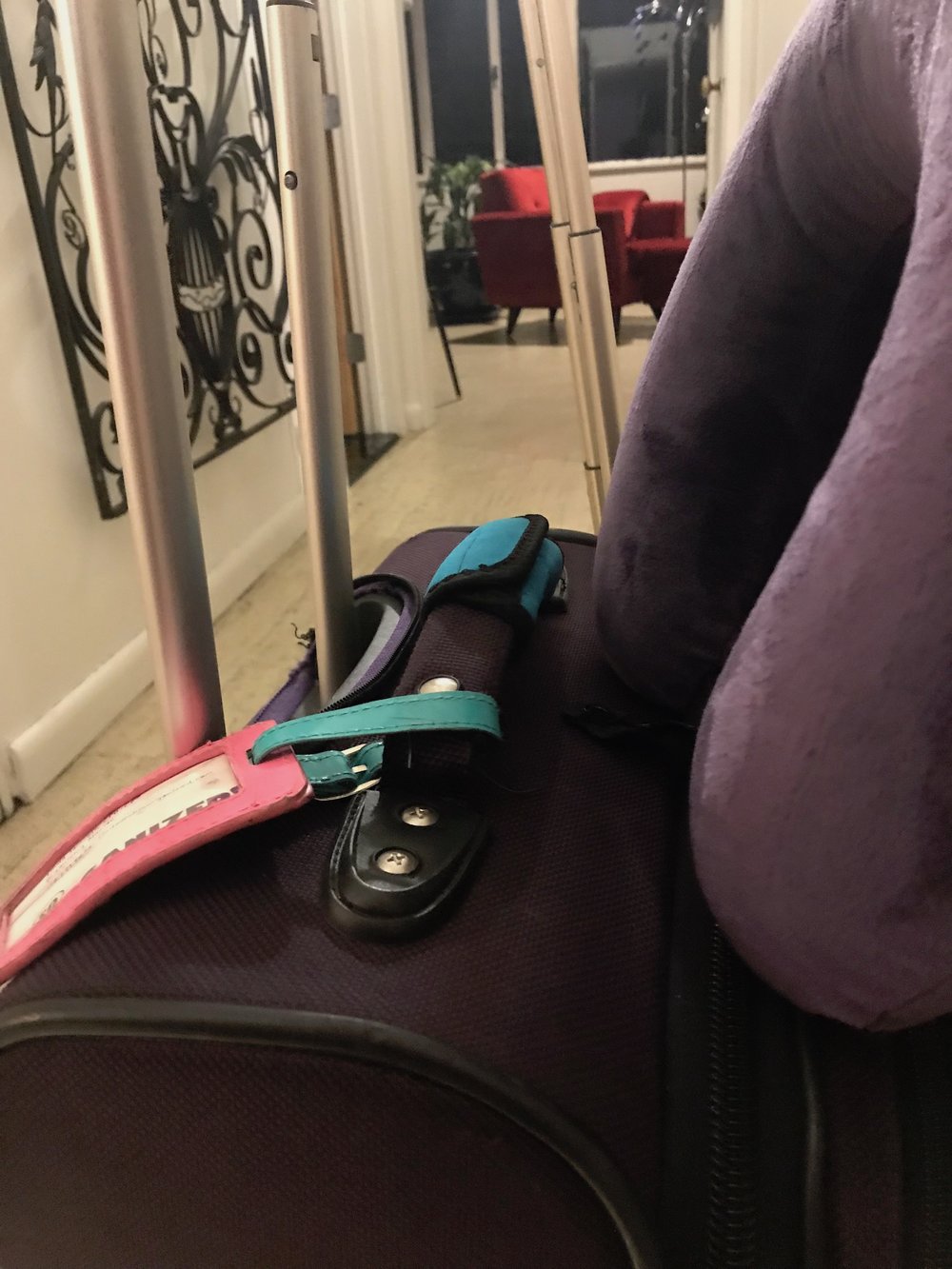For my clients, the most challenging aspect of the organizing process is letting go. The desire for organization, calm, peace, and having less stuff is real. But the process for getting “there,” especially during the editing phase can cause strong emotions like fear, anxiety, or paralysis. Have you or someone you know encountered this?
Why is it so hard to let go? How can we make the process less painful and more positive?
Our stuff represents many things including:
The list goes on and on.
So when we begin to face our stuff and decide what is essential to keep like the “spark joy” and practical items and let go of the things that have overstayed their welcome, choosing can be more difficult than we anticipated. You might experience heightened emotions, resistance, or avoidance. All of these are entirely normal.
Just because it’s hard, doesn’t mean you can’t let go. It only indicates that you might need some strategies for navigating the turbulent waters.
8 Helpful Tips for Letting Go More Easily
1. Clarify Why
As I mentioned above, emotions can hijack our decision-making ability, so having a clear picture of why we want to let go is crucial. Are you downsizing? Are you about to welcome a new family member to your home? Is your clutter preventing you from inviting people over? Get clear around your why. When you’re feeling challenged with letting go, revisit your why. It will keep you motivated and focused.
2. Reach Out
Sometimes it’s better not to go it alone. If you’re struggling, it can be beneficial to enlist help from a friend, family member, or professional organizer like me. Look for someone who is nonjudgmental, compassionate, energetic, and can keep you focused on your objectives.
3. Pace Yourself
Recognize that making decisions takes mental and physical energy. Too many decisions can cause decision fatigue, which can deteriorate the quality of your choices. Be mindful of how you’re feeling. Take breaks as needed by getting some fresh air, having a snack, sipping a drink, or taking a bio break. Remove yourself from the area and then come back refreshed.
4. Set Boundaries
If you have a lot of editing to do, especially if you’re preparing for a move or rightsizing, set goals for how much time you want to spend editing and letting go each day. Experiment with what works best for you. Use a timer and stop when it dings. At the next session either reduce or add time considering how that previous letting go sitting went.
5. Prepare Setting
Make letting go as easy as possible by making your supplies readily accessible. Have bags, boxes, bins, tape, sticky notes, markers, pens, a pad of paper available to contain and label the items that will be donated, sold, or discarded. The key is to have things exit quickly, ideally the same day if that’s realistic. If the same day is not an option, set up a waiting area for the items that will be leaving.
6. Safe Passage
Being able to donate or give your belongings to a person or resource that will appreciate and benefit from them can ease the letting go stress. This gives your things an easier exit or safe passage. It’s worth making a list of resources that you will feel good giving things away to. The list can include friends, family, local or national charities. I am a resource collector. Sharing these with my clients is involved in the organizing services that I provide. If you need a specific type of donation resource, let me know. I’m happy to help.
7. Just Do It
I know that Nike coined that phrase, but it’s a good one to keep in mind especially when your resistance surfaces. The amazing thing is that the more you exercise your letting go muscles, the more relaxed and less painful the process becomes. Action breeds success. Success encourages progress. Progress gets you from where you are to where you want to be. Trust the power of action, even if it’s one small step. Don’t deliberate. Do.
8. Be Patient
It’s easy to get discouraged when you spent three hours sorting and editing, yet there’s still so much more to do. This is how it is. Be patient with the process. You collected your things over a lifetime. Editing them won’t take a lifetime, but it will take some time. Keep your big goal in mind, be kind to yourself along the way, release the “coulda, woulda, shoulda” and continue on until you’ve let go of enough. You determine what enough looks like.
What have you encountered with letting go? Do you have a favorite strategy that’s helpful? Do any of these resonate with you? I’d love to hear your thoughts. I invite you to join the conversation.















